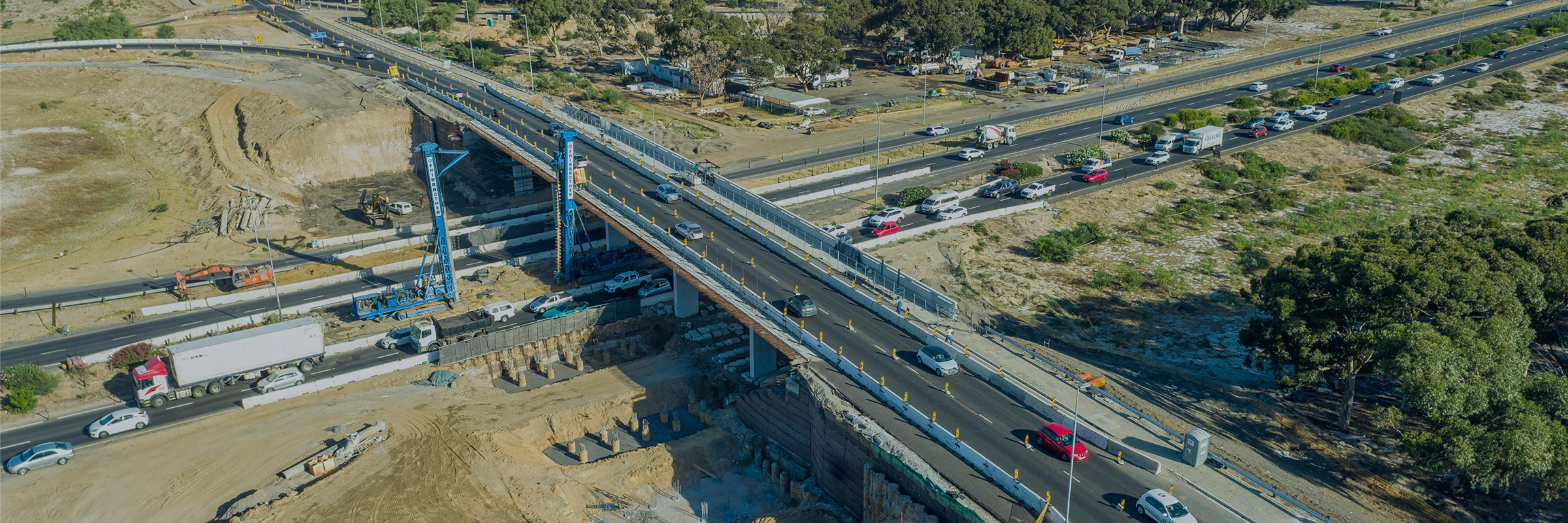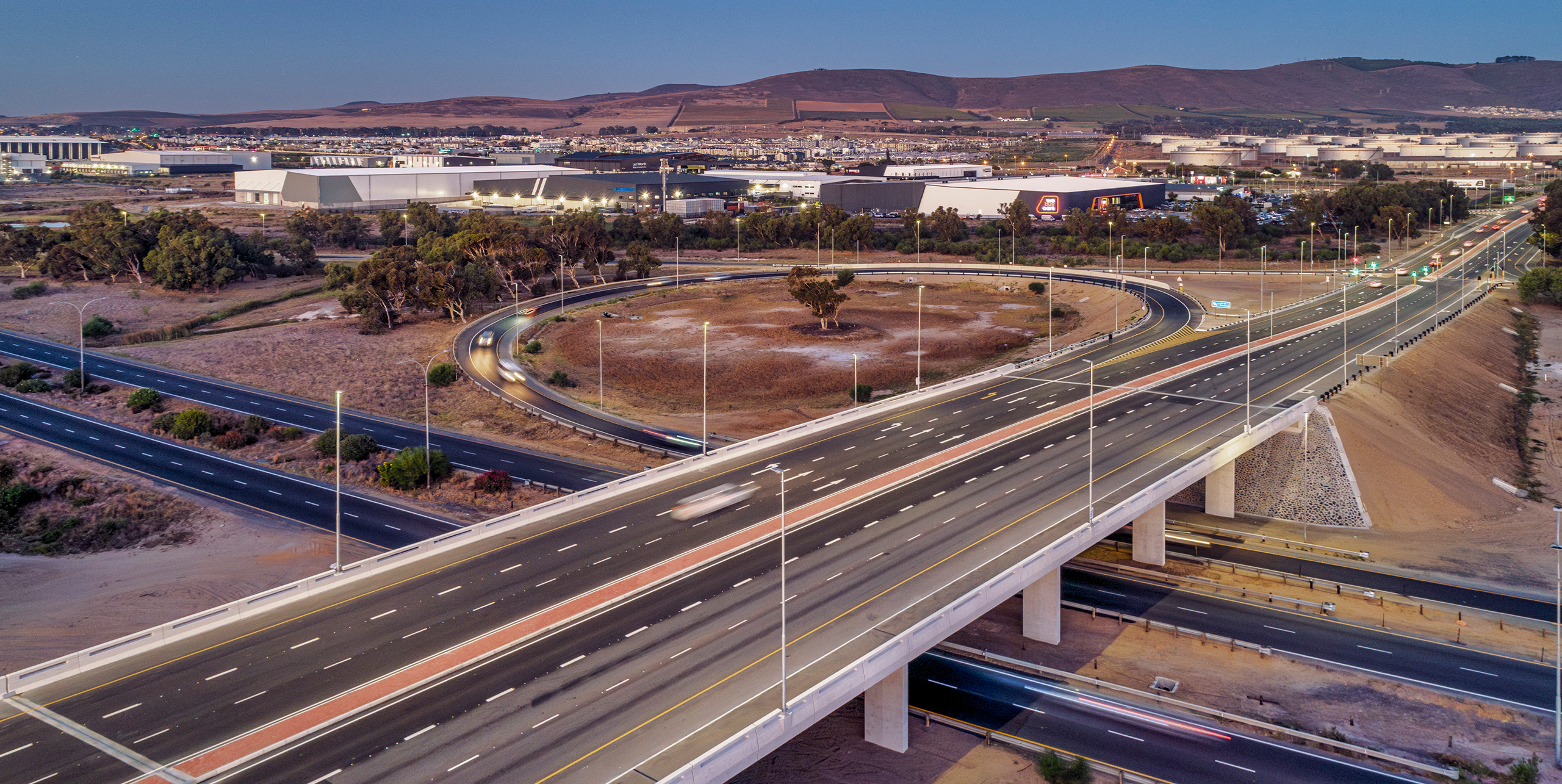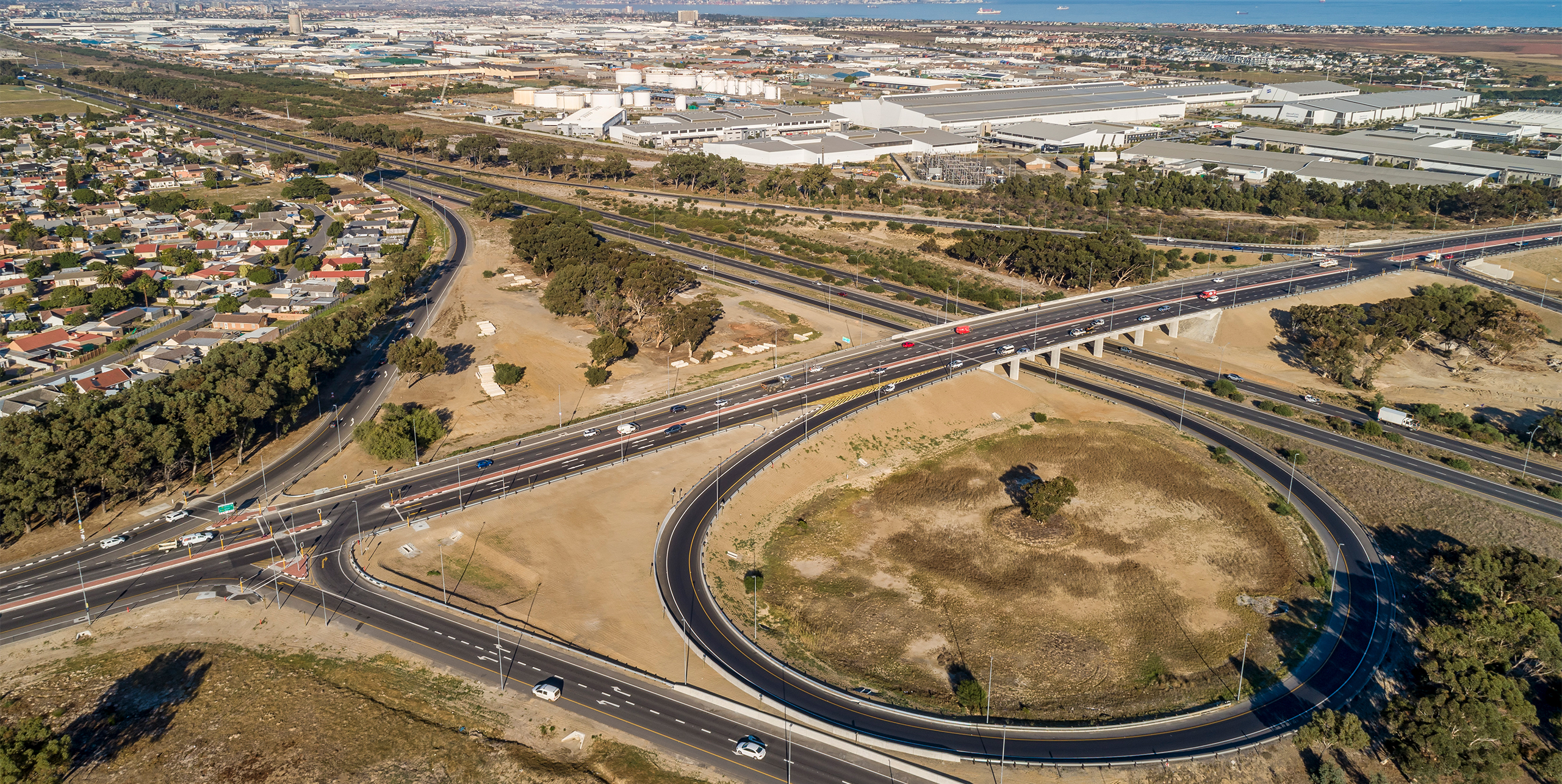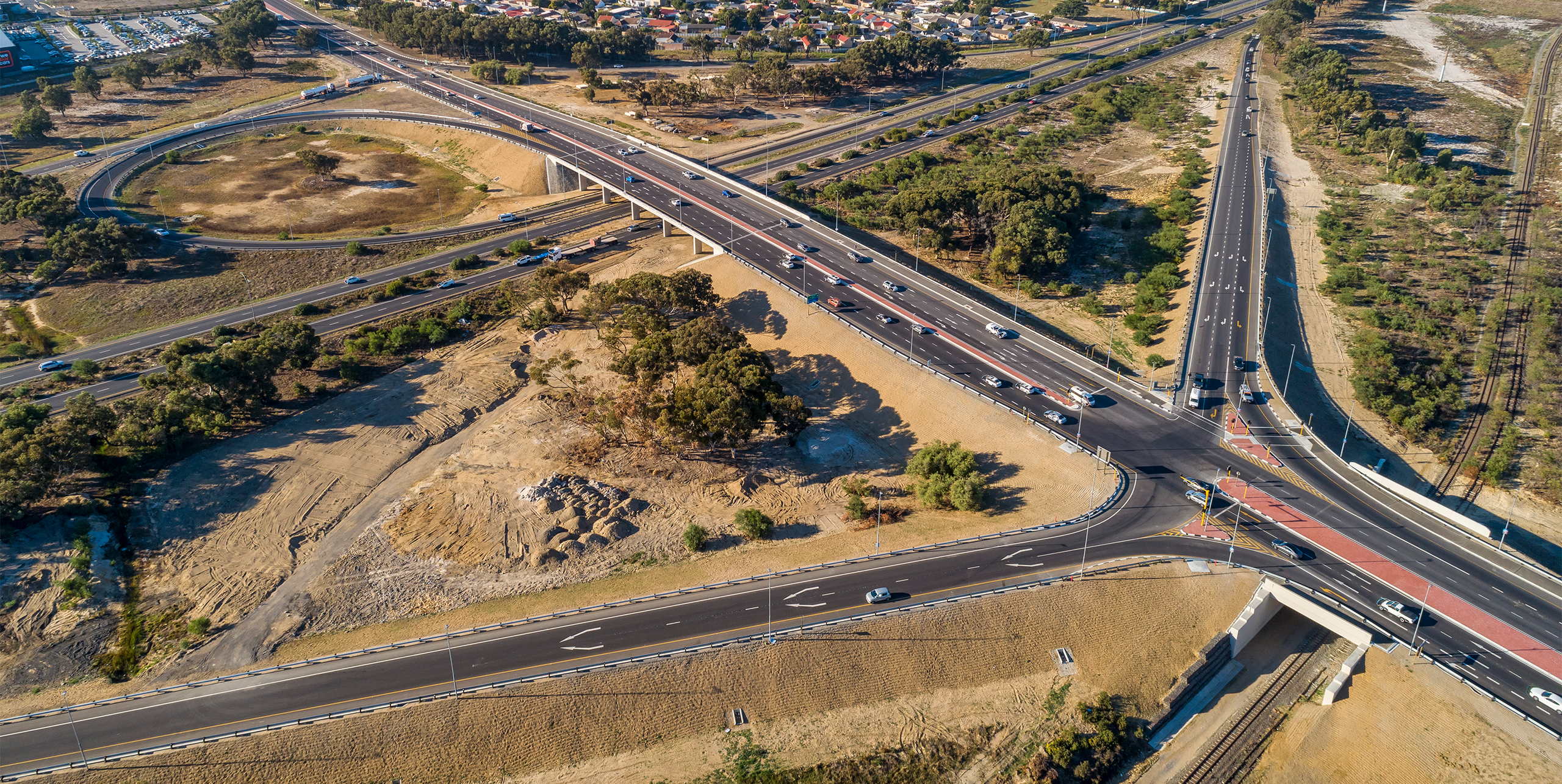














The Impact
The Wingfield Interchange will play a huge role in connecting Cape Town with the economies of the Northern Cape (Namibia Route) and Gauteng. It is a strategic road junction for the regional transport of goods and services, providing critical economic connectivity between five different regional areas. Key impacts include:
- A catalyst for job creation, skills improvement, and economic growth
- Improved safety by replacement of aging infrastructure and mitigation measures at high-risk locations
- Improved mobility and access along the freeways, which will reduce congestion resulting in significant time savings
- Seamless interface between two national highways with the local arterial road network
- Access to the freeways for the previously segregated community of Kensington
- A catalyst for the development of the Wingfield mixed-use precinct and associated transport-orientated development
- Integration of public transport systems and a non-motorised transport network, providing safe, accessible transport alternatives
Development of the Digital Twin Model offers countless efficiencies for the client from design through to construction and future maintenance. The model will also enable coordination and clash detection of different utilities or design elements in real-time, aiding collaboration. Additionally, the Digital Twin Model substantially improves communication with stakeholders, through the provision of visualisation tools that simulate construction scenarios and evaluate the impact of different design options or changes.
Construction Progress Update – February 2023
Aerial footage showing construction progress of the Plattekloof Road and N7 (Trunk Road 11) carriageway upgrade which forms part of the Wingfield Project (February 2023).




